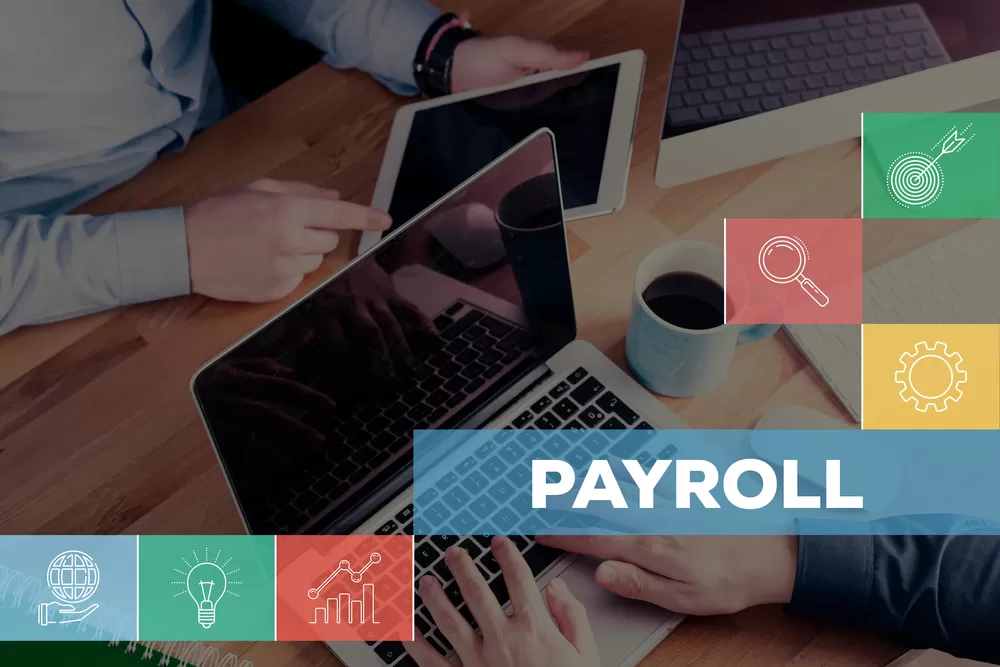Payroll software can be either cloud-based or on-premise. While there are pros and cons to both options, many companies are choosing on-premise software. For some, this is for data security reasons. For others, it’s to maintain more control over their payroll processes.
Our 2025 Preferred HR Software Partners

Paycor HCM
By PaycorCompany Name
Paycor
Suitable Company Sizes
Small, Medium, Large
Support Available
Android, IOS, Web Browser, Windows
What Is On-Premise Payroll Software?
On-premise payroll software is payroll software that is hosted on-site by the company using it. By contrast, a cloud-based payroll system is hosted by the vendor and the company using the payroll software accesses it remotely. With on-premise payroll software, the software is hosted by the company’s own servers located on-site and is managed by the company’s own IT department. This includes updates, changes, and bug fixes, which have to be implemented by the company’s IT staff rather than automatically done by the vendor.
More Control Over Payroll Processes and Data
A major reason why companies choose on-premise payroll software is the amount of control they’re able to maintain over their secure data and their payroll processes. With all of the software hosted on-site, the data used in running payroll is kept more secure. The data never leaves the company and isn’t visible to anyone outside of the company’s own employees.
Increased Customization Options
When payroll software is on-premise, typically there are more options to customize how the software is used. Cloud-based payroll software may be easier to implement and start using, but it’s usually only available as-is. Companies choosing on-premise payroll software can generally make more adjustments with how the software is used in order to match the payroll software to their preferred processes rather than changing their processes to match the software.
Lower Internet Requirements
Because cloud-based payroll software is hosted off-site, it requires a fast, steady Internet connection in order for employees to access the software. In the event of an Internet outage, HR staff would be unable to access the payroll software at all. With on-premise payroll software, on the other hand, employees running payroll won’t necessarily need to access the payroll system outside of the company’s internal network and, depending on the software, may not need Internet access at all in order to access certain features of the system. This means that some data may still be accessible in the event of an Internet outage.
Higher Initial Costs
A downside to choosing on-premise payroll software over cloud-based payroll software is that the initial setup costs may be higher. Many on-premise payroll software systems have a on-time fee that is paid when the software is purchased, rather than the ongoing monthly payments that cloud-based payroll software usually charges. That initial fee is typically only charged once, however. This means that the ongoing costs after the payroll software is set up are lower.
Takes IT Time and Resources
Implementing on-premise payroll software can also take up more IT time and resources. This is because of the increased customization that on-premise software may offer. It may take more time to set up initially, but once the implementation process is complete, companies should have a system that is more customized to meet their needs.












